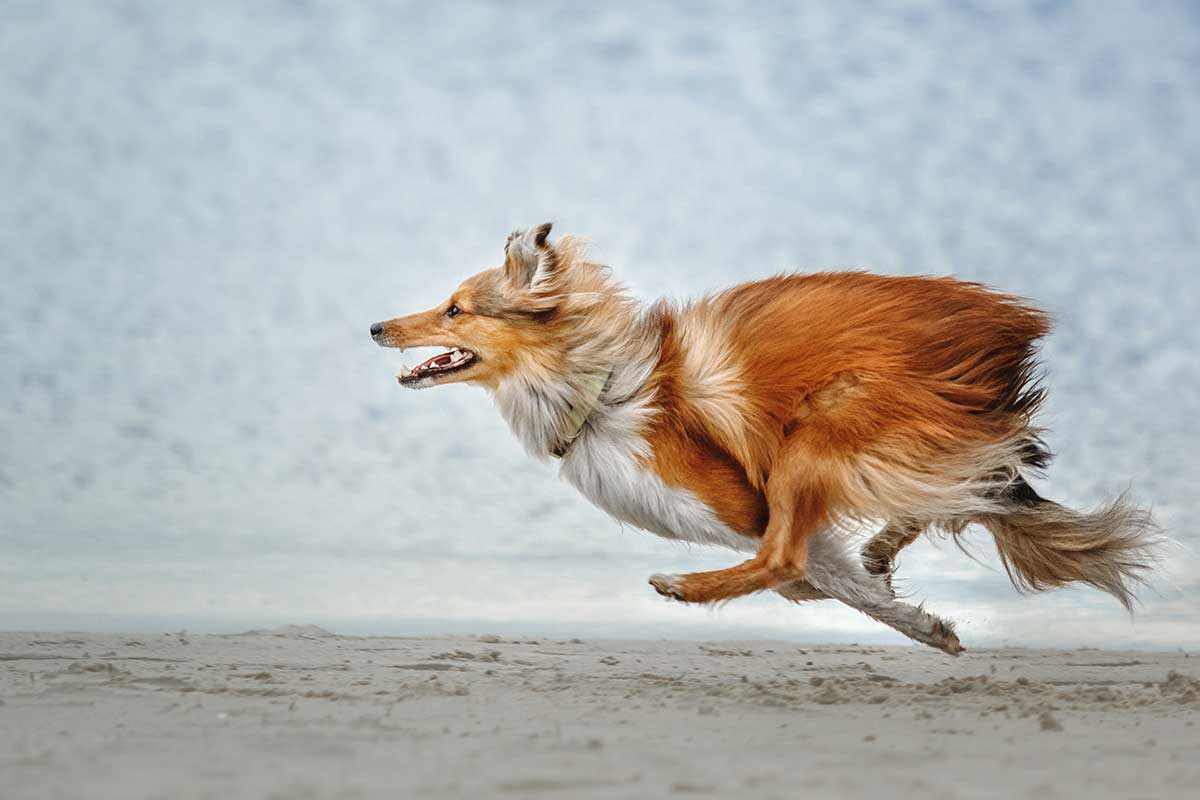One of the reasons many people love having dogs is because they are built-in exercise buddies. Most dogs are never going to tell you that they’d rather skip the walk, run, or hike today; in fact, they are usually the ones who insist on going and get us off our behinds and out doing something.
Exercising with a dog or taking up a canine sport such as agility or freestyle is a great way for both of you to burn calories and have fun. It’s a human’s responsibility, though, to make sure a dog is prepared for the level of activity asked of him. Dogs don’t come ready to run; they need gradual conditioning like any other athlete. Here’s how to safely work your dog up from couch potato to elite athlete.
The optimal amount of exercise for dogs in terms of frequency, intensity and duration hasn’t been determined, but one thing is certain: it’s going to vary from dog to dog. Factors to consider when planning a canine exercise program include size, build, fitness level, manners (do they behave nicely in public or do they need an activity that doesn’t bring them in contact with other people or dogs?), and past and current orthopedic health. Taking these things into account can help to determine the best form of exercise for them and minimize the risk of orthopedic injuries.
Whether you and your dog will be walking around the block or taking up a new sport, here are our best tips for getting conditioned and avoiding injury.
Schedule A Veterinary Visit
Your veterinarian can advise you about whether your dog is ready for certain activities. For instance, large or giant breeds shouldn’t run on hard surfaces until their growth plates close, usually anywhere from 10 to 24 months.
Start Slow
Gradually increase distance and speed. Dogs are just as prone as humans to weekend warrior syndrome—the aches, pains and injuries that come from being inactive and then overdoing exercise.
Choose An Appropriate Activity
Greyhounds are better at running than jumping, and Bulldogs aren’t made for running or swimming. Know your dog’s physical strengths and weaknesses.
Know Your Dog’s Risks
Labrador Retrievers often suffer cranial cruciate ligament ruptures, especially if they aren’t conditioned slowly. Herding and agility dogs can suffer ligament damage from frequent direction changes. Flat-Coated Retrievers can be prone to patellar luxation. German Shepherds can have spinal problems. Search www.pubmed.org for medical problems affecting specific breeds.
Balance Is Key
Your dog (and you) should be able to adjust rapidly and easily to changes in direction or ground surfaces. Changing direction as you jog or run is a good way to improve balance. So is walking over cavaletti rails (a series of obstacles set at certain heights or distances). If you teach your dog tricks or movements such as spinning or figure eights, he should learn to perform them in both directions.
Rest Is Critical
It limits fatigue and prevents injuries from overuse. The body needs rest to repair tissues and replace energy. Then the two of you will be ready to get up and go again!
This article was reviewed/edited by board-certified veterinary behaviorist Dr. Kenneth Martin and/or veterinary technician specialist in behavior Debbie Martin, LVT








